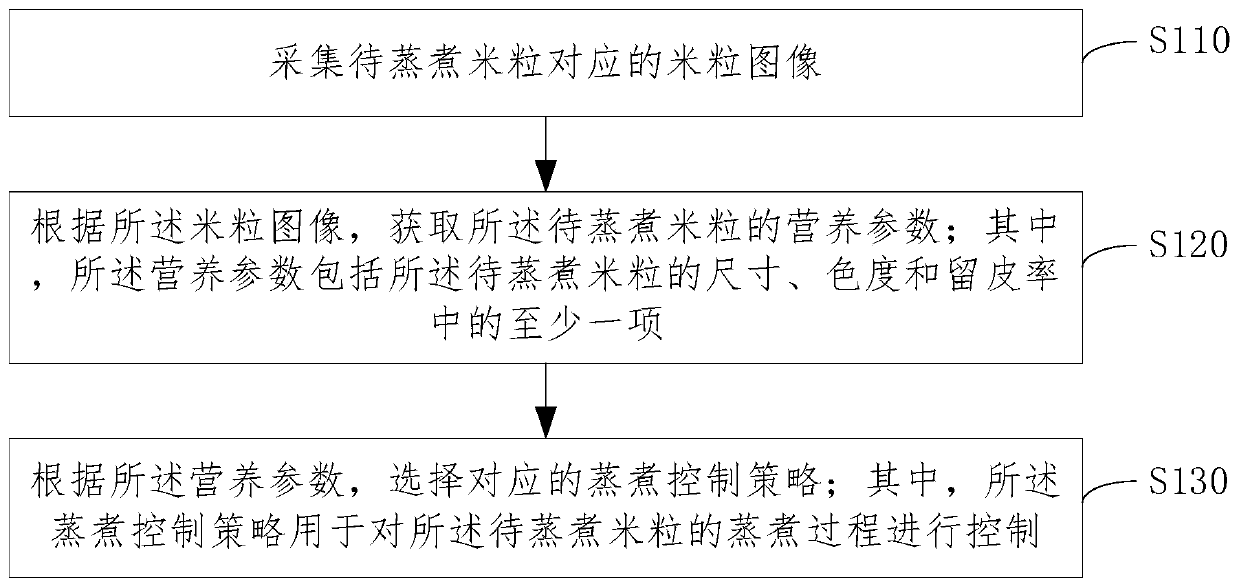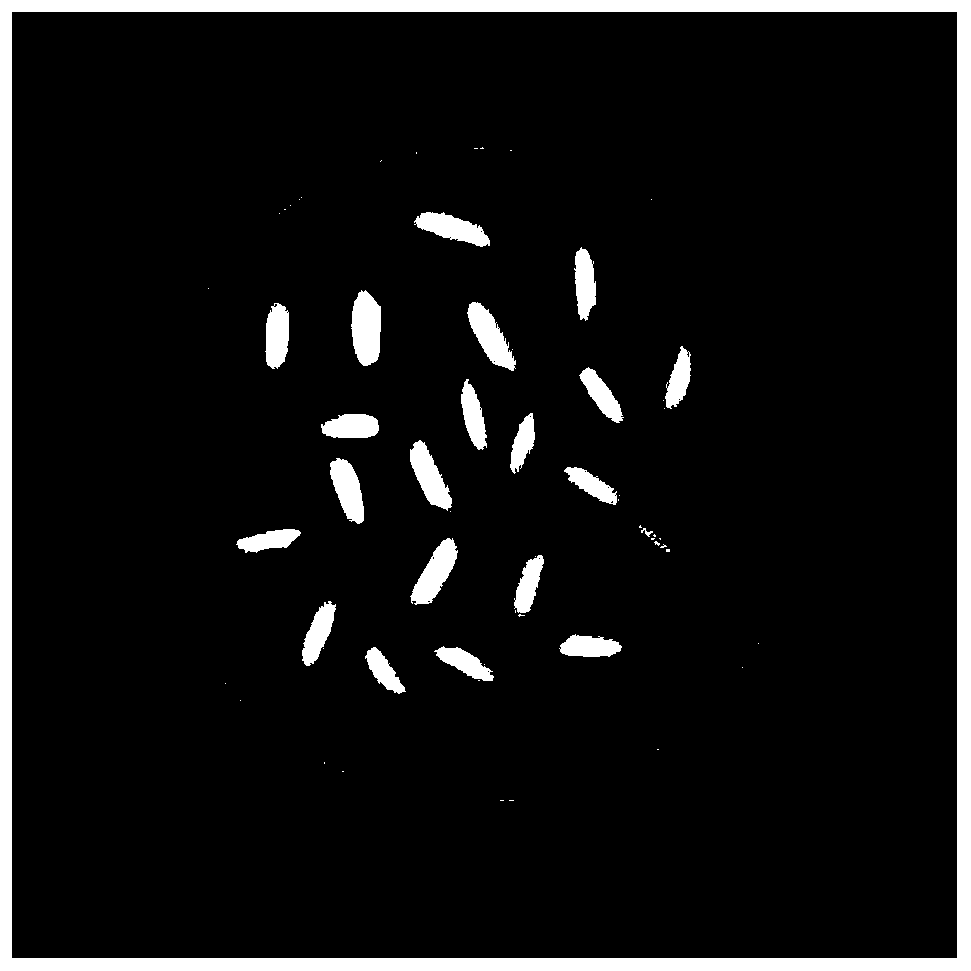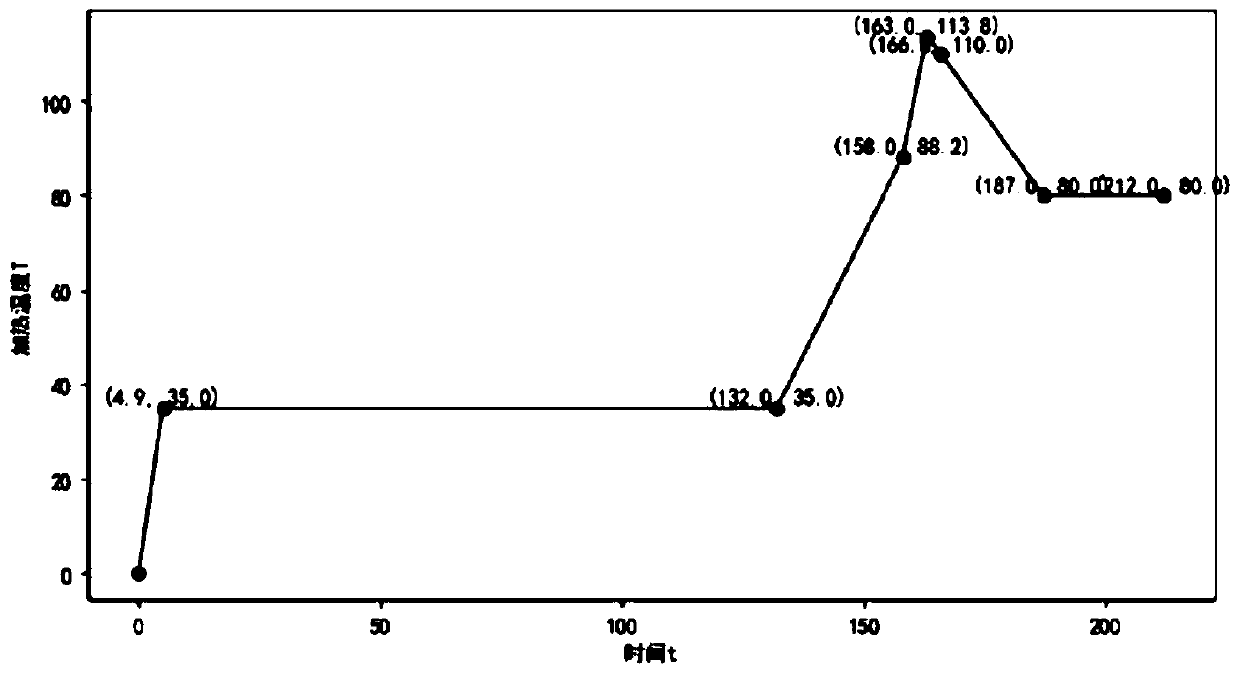Intelligent steaming and boiling control method, intelligent steaming and boiling control device, computer equipment and storage medium
A control method and technology of a computer program are applied in the fields of computer equipment and storage media, devices, and intelligent cooking control methods, which can solve the problems of time difference and staying in the taste of rice, and achieve the effect of uniform taste.
- Summary
- Abstract
- Description
- Claims
- Application Information
AI Technical Summary
Problems solved by technology
Method used
Image
Examples
Embodiment Construction
[0021] In order to make the purposes, technical solutions and advantages of the embodiments of the present application clearer, the technical solutions in the embodiments of the present application will be clearly and completely described below in conjunction with the drawings in the embodiments of the present application. Obviously, the described embodiments It is a part of the embodiments of this application, but not all of them. Based on the embodiments in the present application, all other embodiments obtained by persons of ordinary skill in the art without making creative efforts belong to the protection scope of the present application.
[0022] In the first aspect, an intelligent cooking control method provided by the embodiment of the present application, such as figure 1 As shown, the method includes the following steps:
[0023] S110. Collecting images of rice grains corresponding to the rice grains to be cooked;
[0024] In practical applications, a camera, a mobi...
PUM
 Login to View More
Login to View More Abstract
Description
Claims
Application Information
 Login to View More
Login to View More - R&D
- Intellectual Property
- Life Sciences
- Materials
- Tech Scout
- Unparalleled Data Quality
- Higher Quality Content
- 60% Fewer Hallucinations
Browse by: Latest US Patents, China's latest patents, Technical Efficacy Thesaurus, Application Domain, Technology Topic, Popular Technical Reports.
© 2025 PatSnap. All rights reserved.Legal|Privacy policy|Modern Slavery Act Transparency Statement|Sitemap|About US| Contact US: help@patsnap.com



